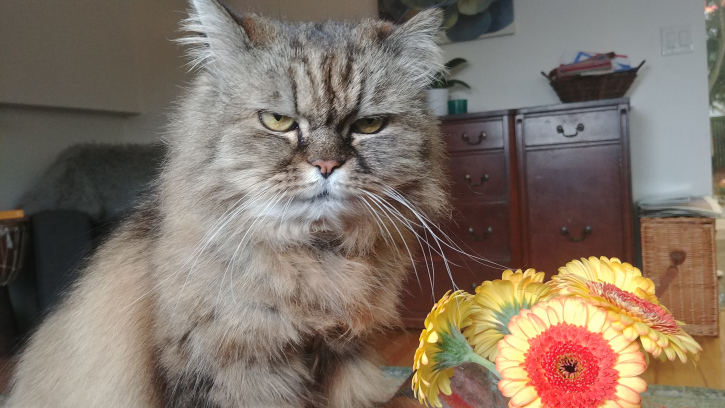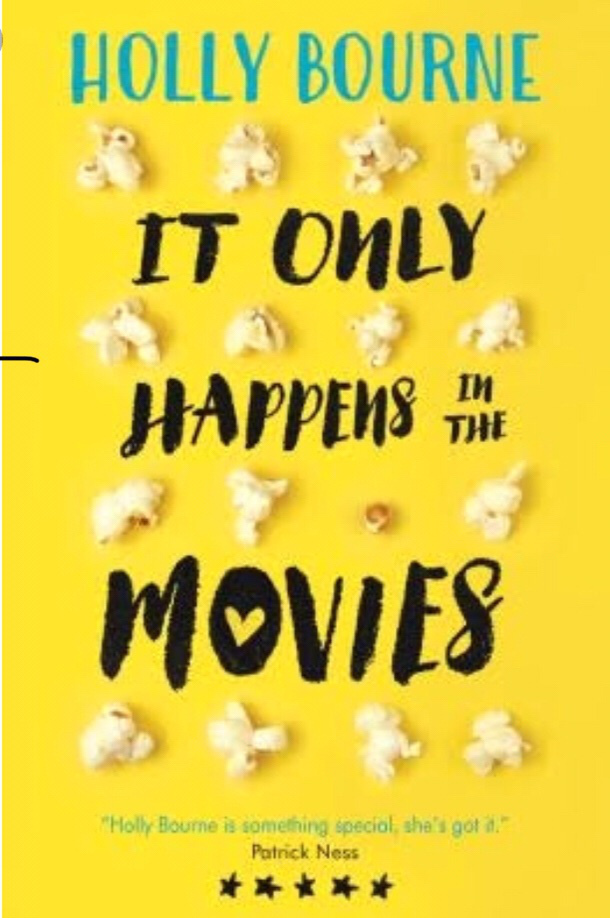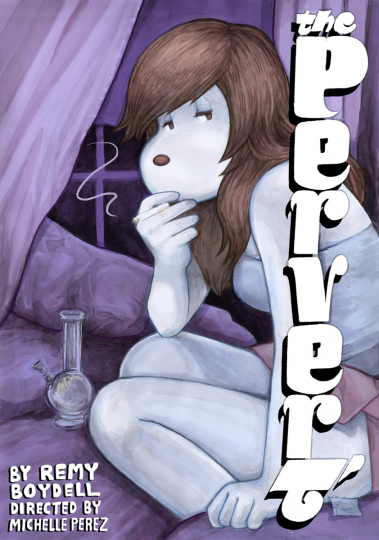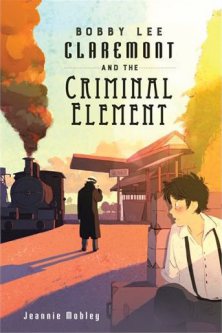Download links for: Red Star Over Russia: A Visual History of the Soviet Union from the Revolution to the Death of Stalin


Reviews (see all)
Write review
Stunning visual history of the Soviet Union up to the death of Stalin.
There's something about Soviet posters that fascinates me....
The most amazing coffee table book I've ever seen...
Other books by History & Biography
Related articles












